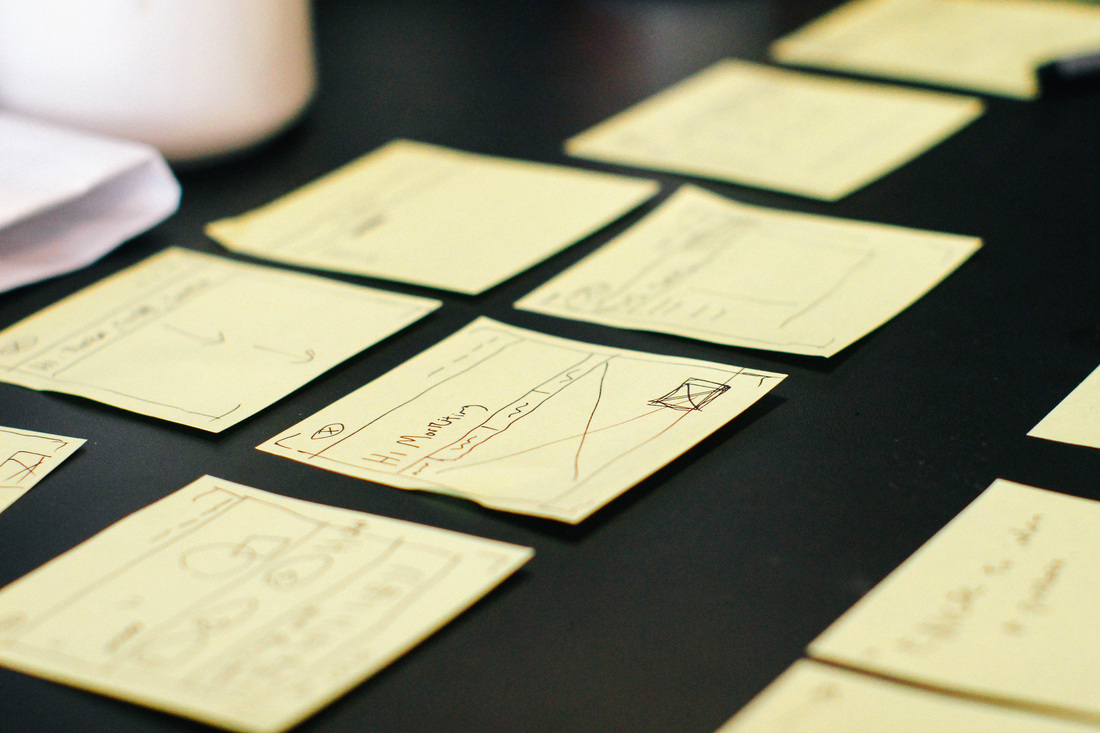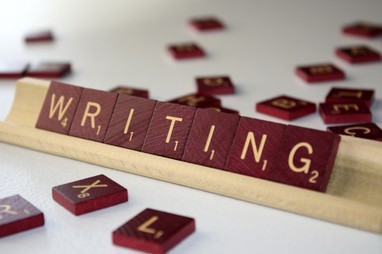Reading and Sharing
Step Two: Hypothesis |
Step One: Annotations and Works CitedIt is hard enough to wade through difficult works of writing whether classic literature, career information, or taxes. No one expects you to memorize it all. The biggest mistake people make, is to expect themselves to just "get it." Your brain doesn't work that way. Imagine an important conversation with a friend, a favorite movie, an inspirational song-- how many times have you gone over it in your head, written about it, talked about it? But the most educational (i.e. challenging) works- we just skim? No- we do the same thing we do with our favorite video game: we read about, talk about, it write about it and then? Do it all over again. We check our sources. We look for more information. Annotations and a work cited are your anchors and your maps. They will show you the way and write your essay for you. Do not skip or you will have to do it all over.
Work Cited |
|
Wait! What? Isn't that science? Yes. The great thing about English is that it shouldn't be scary. You use it all the time. It is just like science and just like math. You have to have ideas and you have to put them into a pattern. Our practice thesis will be: a2 +b2 = c2. That's right. A2 is your subject. B2 is your issue. C2 it your purpose. Now that you have all those wonderful annotations, what do you think? What was the point? The cool think about English? In science you have to answer to your hypothesis: at the end of the report you have to tell everyone whether your idea was right or wrong. In English, you just change it from a hypothesis to a thesis. In other words, you always get to be right! :)
|
Step Three: Paragraphs,Time to write. Nervous? You shouldn't be. There is a formula for that too. Here are fill in the blank handouts. They are one size fits all, so you fill in what you need. You should fill it in with complete sentences, but use more than one if you need to. Don't forget "you need at least 2-4 pieces of evidence for each paragraph and they must be cited" (Hill). LOL.
The format for including a quote and citing is "text evidence" (Author page). |
Step Four: Introduction and ConclusionWait! What? I thought I had to do that first?! Sometimes you do. But how many times have you changed your mind? Or how many times have you stared at a blank page trying to be brilliant? What if you did them when you already knew what you wanted to introduce, because you already knew what you were going to say? Would it be so hard? Probably not. When you can- do them last.
Step Five: EditFirst of all, everyone makes mistakes. SO? Everyone should edit. 1) Use your spell check. 2) Spell check will not catch it all! Big tip? Read aloud to yourself or better -- someone else. The listening area of your brain is more advanced than the writing area. 3) Do not try to do it all at once. No one can. Edit for different things on different passes. Try to edit for logic and content first. There is no reason to stress over wording when you should ditch the whole sentence. Then edit for spelling and language choice. Last, edit for format including the work cited page. You do have one, right? Correct format will be: 12 pt. Times New Roman, double spaced, 1" margins on all sides. Upload to turnitin.com
|
Presentations: PowerPoints, Posters, and Handouts
What is different about a presentation? Simple answer: They should be more concise and nicer looking than the usual essay. Do you still need to gather research? Annotate? Have a hypothesis turned thesis? Choose the best quotes? Be able to explain them? Have an introduction, conclusion, and work cited? Please tell me you said yes to all!!! Yes? Then good. All you have to do is limit yourself to fewer quotes and sentences. Make sure that your page is readable. You get to explain your thoughts out loud to the group, so don't write all your ideas down in your presentation (in personal notes-yes). It is too hard for a group to listen and read at the same time. Use headings, pictures, a few choice cited quotes, and just talk. Don't forget your Work Cited or to cite pictures if necessary.
Research Papers
So do we freak out now?! No! Again, the only thing different about a research paper is that you get to talk more. That is a good thing. Can you really explain your favorite song in 3 paragraphs? (P.S. that means you only get to include maybe two verses and the chorus.) What about the Civil War? Not enough room? The only difference? You get several paragraphs to explain an important idea and you get to include more than one important idea. Need to plan a little more? Yeah… we've got that.



